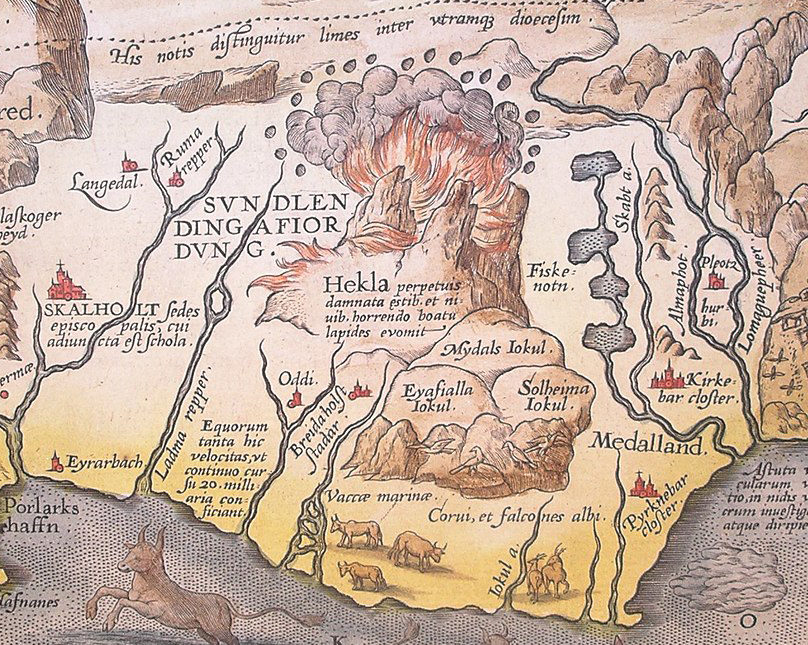OF THE
TIMES
Birdmen of Koutroulou MagoulaSee also:
Archaeologists have uncovered more than 300 clay figurines depicting male and female forms, as well as human-bird hybrids, at Koutroulou Magoula, a Neolithic settlement in central Greece.
Ranging from 3-4cm to 10-12cm in length (about 1-4.5in), the models were scattered all over the 4ha site (nearly 10 acres), with some recovered from the foundations of houses, and others found around hearths and in post-holes.
'The techniques of making the figurines vary, but a common method involves a clay core, around which the rest of the body is built,' project co-director Professor Yannis Hamilakis of the University of Southampton told CWA. 'The range of imagery is very varied, including male and female figures, some with no indication of gender, and also bird-human hybrids, some of which have a kind of four-legged base.'
[...]
'This type of home would normally have stone foundations with mud-brick on top, but our investigations have found buildings preserved with stone walls up to a metre in height, suggesting that the walls may have been built entirely of stone - something not typical of the period,' said Professor Hamilakis. 'The tell is much larger than average, and the construction of its ditches must have been a major communal effort, though to date there are no signs of a centralised authority.'



Comment: Numerous cultures throughout history have described giants in their myths and legends. There is also abundant archeological evidence of the existence of giants, although many of these discoveries are concealed from the public. See: